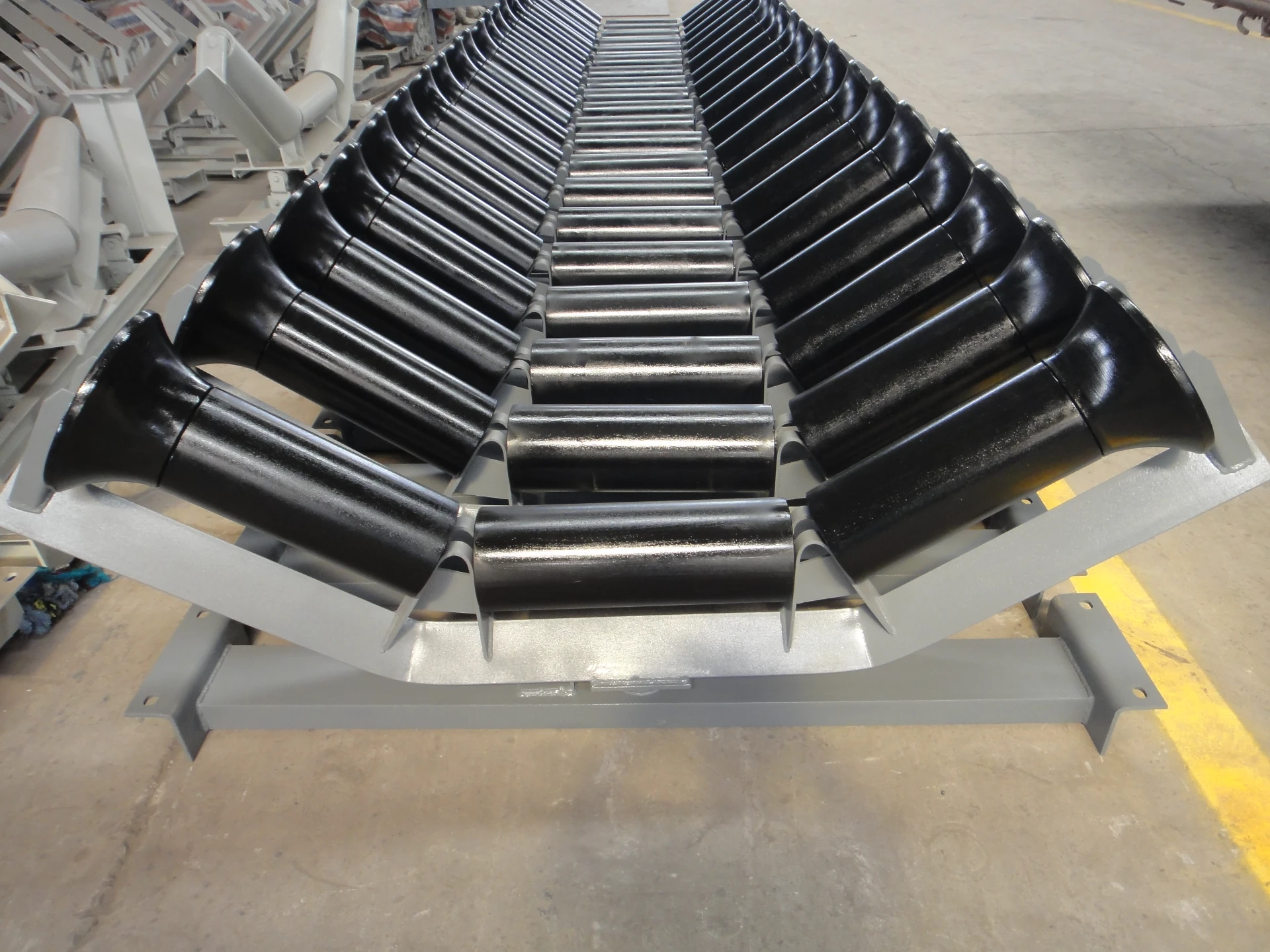 Afrikaans
Afrikaans  Albanian
Albanian  Amharic
Amharic  Arabic
Arabic  Armenian
Armenian  Azerbaijani
Azerbaijani  Basque
Basque  Belarusian
Belarusian  Bengali
Bengali  Bosnian
Bosnian  Bulgarian
Bulgarian  Catalan
Catalan  Cebuano
Cebuano  Corsican
Corsican  Croatian
Croatian  Czech
Czech  Danish
Danish  Dutch
Dutch  English
English  Esperanto
Esperanto  Estonian
Estonian  Finnish
Finnish  French
French  Frisian
Frisian  Galician
Galician  Georgian
Georgian  German
German  Greek
Greek  Gujarati
Gujarati  Haitian Creole
Haitian Creole  hausa
hausa  hawaiian
hawaiian  Hebrew
Hebrew  Hindi
Hindi  Miao
Miao  Hungarian
Hungarian  Icelandic
Icelandic  igbo
igbo  Indonesian
Indonesian  irish
irish  Italian
Italian  Japanese
Japanese  Javanese
Javanese  Kannada
Kannada  kazakh
kazakh  Khmer
Khmer  Rwandese
Rwandese  Korean
Korean  Kurdish
Kurdish  Kyrgyz
Kyrgyz  Lao
Lao  Latin
Latin  Latvian
Latvian  Lithuanian
Lithuanian  Luxembourgish
Luxembourgish  Macedonian
Macedonian  Malgashi
Malgashi  Malay
Malay  Malayalam
Malayalam  Maltese
Maltese  Maori
Maori  Marathi
Marathi  Mongolian
Mongolian  Myanmar
Myanmar  Nepali
Nepali  Norwegian
Norwegian  Norwegian
Norwegian  Occitan
Occitan  Pashto
Pashto  Persian
Persian  Polish
Polish  Portuguese
Portuguese  Punjabi
Punjabi  Romanian
Romanian  Russian
Russian  Samoan
Samoan  Scottish Gaelic
Scottish Gaelic  Serbian
Serbian  Sesotho
Sesotho  Shona
Shona  Sindhi
Sindhi  Sinhala
Sinhala  Slovak
Slovak  Slovenian
Slovenian  Somali
Somali  Spanish
Spanish  Sundanese
Sundanese  Swahili
Swahili  Swedish
Swedish  Tagalog
Tagalog  Tajik
Tajik  Tamil
Tamil  Tatar
Tatar  Telugu
Telugu  Thai
Thai  Turkish
Turkish  Turkmen
Turkmen  Ukrainian
Ukrainian  Urdu
Urdu  Uighur
Uighur  Uzbek
Uzbek  Vietnamese
Vietnamese  Welsh
Welsh  Bantu
Bantu  Yiddish
Yiddish  Yoruba
Yoruba  Zulu
Zulu Idler Bearing Housing Design and Applications in Mechanical Systems
Understanding Idler Bearing Housing Importance and Applications
Idler bearing housing is a critical component in various mechanical systems, often playing a pivotal role in ensuring smooth operations and the longevity of machinery. Typically found in conveyor systems, automotive engines, and numerous industrial applications, idler bearing housings serve to support bearings that enable rotating parts to function efficiently.
Structure and Functionality
At its core, an idler bearing housing encloses and protects the bearings that support a rotating shaft. This housing is constructed from materials designed to withstand wear, corrosion, and mechanical stress. Common materials include steel and aluminum, chosen for their strength and durability. The housing itself provides structural integrity, reducing vibrations and maintaining the alignment of rotating components.
The design of the idler bearing housing can vary significantly depending on its application. For example, in conveyor systems, idler bearings are often larger and more robust to handle heavy loads and continuous operation. In automotive applications, where space is limited, a more compact design may be utilized. Regardless of the specific application, the primary functions of the housing remain consistent to secure the bearings, facilitate alignment, and prevent contamination from dirt, moisture, and other environmental factors.
Applications of Idler Bearing Housing
Idler bearing housings are employed in a wide variety of settings. In the manufacturing sector, they are essential in conveyor belts that transport materials across production lines. The reliability of these systems hinges on the performance of the idler bearings housed within. Poorly designed or manufactured idler bearing housings can lead to increased wear on the belt and other components, resulting in costly downtime and maintenance.
idler bearing housing

Similarly, in the automotive industry, idler bearing housings are vital in components such as timing belts and accessory drive systems
. They assist in ensuring that the belts remain taut and aligned, allowing for efficient power transmission from the engine to various accessories like alternators and water pumps. Any failure in the idler bearing or its housing can lead to significant engine problems, emphasizing the importance of quality materials and construction.In addition to these common applications, idler bearing housings are also critical in various other industries, including construction equipment, aerospace, and agricultural machinery. Each application has its own set of requirements and challenges, but the fundamental role of the idler bearing housing remains unchanged providing support and stability for rotating components.
Maintenance and Considerations
Proper maintenance of idler bearing housings is essential to ensure their longevity and effectiveness. Regular inspections should be conducted to check for signs of wear, corrosion, or misalignment. Lubrication of the bearings is also crucial, as it reduces friction and helps prevent overheating. Implementing a routine maintenance schedule can greatly extend the life of both the idler bearing housing and the bearings it supports.
Engineers and designers must also consider factors such as load capacity, environmental conditions, and thermal expansion when selecting or designing idler bearing housings. This thoughtful approach ensures that the housing can withstand the demands of its specific application, thus enhancing overall operational efficiency.
Conclusion
In conclusion, idler bearing housing plays a vital role in a wide range of mechanical systems, from simple conveyor belts to complex automotive applications. Understanding its importance, design, and the need for proper maintenance can greatly contribute to the efficiency and reliability of machinery. As industries continue to evolve, the need for high-quality idler bearing housings will remain, underscoring their essential position in modern engineering and manufacturing.
-
Revolutionizing Conveyor Reliability with Advanced Rubber Lagging PulleysNewsJul.22,2025
-
Powering Precision and Durability with Expert Manufacturers of Conveyor ComponentsNewsJul.22,2025
-
Optimizing Conveyor Systems with Advanced Conveyor AccessoriesNewsJul.22,2025
-
Maximize Conveyor Efficiency with Quality Conveyor Idler PulleysNewsJul.22,2025
-
Future-Proof Your Conveyor System with High-Performance Polyurethane RollerNewsJul.22,2025
-
Driving Efficiency Forward with Quality Idlers and RollersNewsJul.22,2025





























